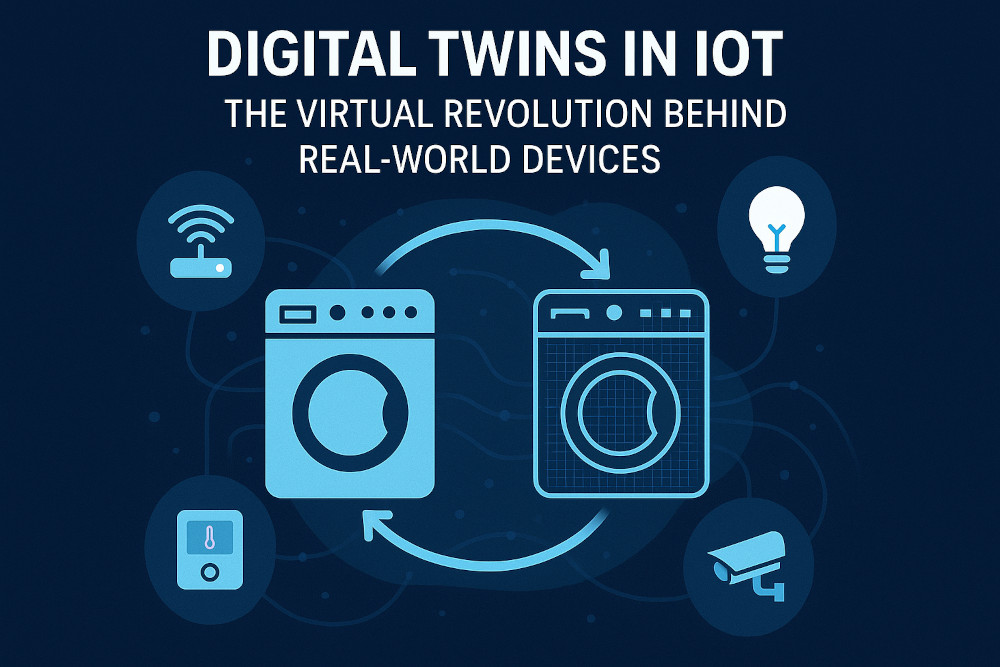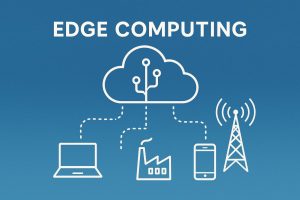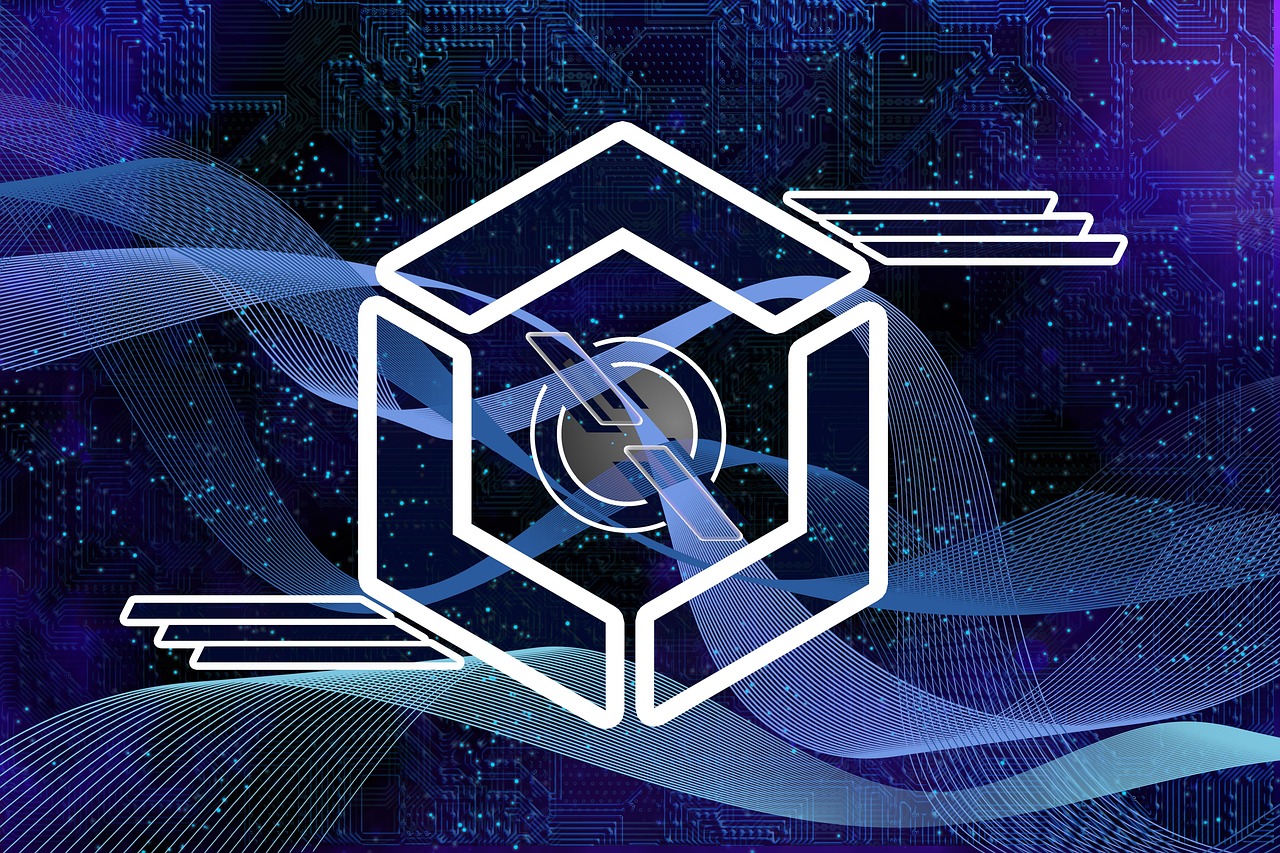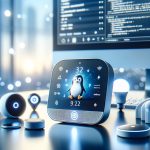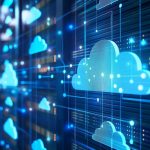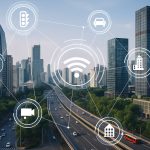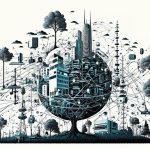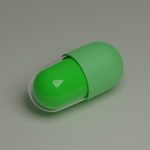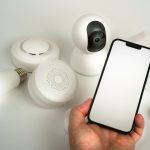In the ever-evolving world of the Internet of Things (IoT), one concept stands out as both revolutionary and transformative: Digital Twins. These virtual counterparts of physical systems allow us to simulate, monitor, and optimize real-world devices in ways that were once the stuff of science fiction. But today, they’re a practical and powerful technology shaping industries from manufacturing to healthcare.
Let’s unpack what digital twins are, how they integrate with IoT, and why they’re rapidly becoming a cornerstone of smart technology infrastructure.
What Is a Digital Twin?
A digital twin is a real-time, virtual model of a physical object, system, or process. It continuously receives data from sensors, devices, and IoT platforms to mirror the condition and behavior of its real-world counterpart.
Unlike traditional simulations, which are often static and only used in design or testing phases, digital twins are dynamic and data-driven, offering a continuous flow of information and feedback.
Think of it as having a real-time digital clone of your factory’s robotic arm, your smart car’s engine, or even your HVAC system — all running in parallel, providing real-time insight and predictive analytics.
How Digital Twins and IoT Work Together
The integration of digital twins with IoT is where the magic truly happens. IoT-connected devices gather data — temperature, pressure, usage rates, vibrations, and more — and feed this data into the digital twin model.
In turn, the twin processes and visualizes the information to help engineers, technicians, or AI systems:
- Detect faults before they occur
- Optimize performance by adjusting parameters
- Simulate changes to evaluate outcomes without risk
- Reduce downtime with predictive maintenance
In essence, IoT is the data pipeline, and digital twins are the intelligent decision-makers.
Real-World Applications of Digital Twins in IoT
1. Smart Manufacturing
Factories are using digital twins of machines, production lines, and entire workflows to boost efficiency. Maintenance can be scheduled based on actual wear and tear, not just timelines — saving both time and money.
2. Healthcare and Wearables
Medical equipment and even human organs are being digitally twinned. Wearable devices feed health data into patient-specific twins, helping doctors monitor conditions and predict medical events with greater accuracy.
3. Urban Infrastructure
Cities use digital twins of road networks, buildings, and power grids to plan better, manage resources, and simulate disaster responses like floods or traffic congestion.
4. Aerospace and Automotive
Aircraft engines and entire vehicles are digitally twinned for performance testing, design optimization, and remote diagnostics — all without touching the physical machine.
Benefits of Using Digital Twins in IoT
- Improved operational efficiency
- Reduced costs through predictive maintenance
- Enhanced product development and innovation
- Real-time monitoring and control
- Faster response to failures and emergencies
These benefits have made digital twins indispensable in mission-critical applications and industries where real-time decision-making is vital.
Future of Digital Twins in IoT
As AI and machine learning become more integrated into IoT platforms, digital twins will grow smarter. Expect to see:
- Autonomous decision-making twins
- Increased use in consumer electronics and smart homes
- Standardization across industries
- Integration with the metaverse and digital reality platforms
FAQ: Digital Twins in IoT
What is the primary function of a digital twin in IoT?
A digital twin serves as a virtual replica of a physical object or system. Its primary function is to simulate, monitor, and analyze real-time data from IoT sensors to improve performance, predict failures, and streamline operations.
Are digital twins only used in industrial settings?
No. While manufacturing and heavy industries were early adopters, digital twins are now used in healthcare, smart cities, retail, logistics, and even in smart home devices.
Is a digital twin the same as a simulation?
Not quite. Simulations are often static and used during design phases, while digital twins are dynamic, continuously updated with real-time data, and used throughout a system’s lifecycle.
Can small businesses benefit from digital twins?
Absolutely. Affordable IoT sensors and cloud platforms have made digital twins accessible to startups and SMEs. They can be used for inventory management, remote monitoring, and process optimization.
Is AI required to run a digital twin?
While not mandatory, integrating AI can greatly enhance a digital twin’s predictive and analytical capabilities, making it smarter and more autonomous over time.
What Is Quantum Computing? A Complete Guide to the Future of Technology
- The Role of Linux in IoT: Powering the Connected World
 The Internet of Things (IoT) is everywhere—from smart homes and wearable devices to industrial automation and self-driving cars. Behind the scenes, one operating system plays a surprisingly dominant role: Linux. Known for its stability, flexibility, and open-source nature, Linux has become the backbone of countless IoT devices and platforms. But what makes Linux so well-suited…
The Internet of Things (IoT) is everywhere—from smart homes and wearable devices to industrial automation and self-driving cars. Behind the scenes, one operating system plays a surprisingly dominant role: Linux. Known for its stability, flexibility, and open-source nature, Linux has become the backbone of countless IoT devices and platforms. But what makes Linux so well-suited… - Edge AI vs Cloud AI in IoT: What’s the Difference and Why It Matters
 As the Internet of Things (IoT) expands rapidly across industries, the amount of data generated by sensors, devices, and machines is skyrocketing. To make sense of this data, artificial intelligence (AI) is increasingly deployed in IoT environments. But not all AI is created equal. Two distinct approaches have emerged: Edge AI and Cloud AI. Each…
As the Internet of Things (IoT) expands rapidly across industries, the amount of data generated by sensors, devices, and machines is skyrocketing. To make sense of this data, artificial intelligence (AI) is increasingly deployed in IoT environments. But not all AI is created equal. Two distinct approaches have emerged: Edge AI and Cloud AI. Each… - Smart Cities and IoT: Building Intelligent Urban Futures in 2025
 As cities worldwide face growing populations, environmental challenges, and infrastructure demands, technology offers a path forward. At the heart of this transformation lies the Internet of Things (IoT). Through connected devices, sensors, and intelligent systems, cities are becoming “smart” — improving services, reducing waste, and enhancing citizens’ quality of life. In this article, we’ll explore…
As cities worldwide face growing populations, environmental challenges, and infrastructure demands, technology offers a path forward. At the heart of this transformation lies the Internet of Things (IoT). Through connected devices, sensors, and intelligent systems, cities are becoming “smart” — improving services, reducing waste, and enhancing citizens’ quality of life. In this article, we’ll explore… - Meaning of Internet of Everything (IoE): Examples, and Uses
 The Internet of Everything (IoE) is more than just a tech buzzword—it’s a sweeping transformation of how people, processes, data, and things connect to bring greater value to our lives and industries. While IoT (Internet of Things) refers specifically to interconnected devices, IoE expands this concept to include the human and business aspects that drive…
The Internet of Everything (IoE) is more than just a tech buzzword—it’s a sweeping transformation of how people, processes, data, and things connect to bring greater value to our lives and industries. While IoT (Internet of Things) refers specifically to interconnected devices, IoE expands this concept to include the human and business aspects that drive… - IoT and Renewable Energy: Powering a Greener Future
 As the world transitions toward cleaner energy, the Internet of Things (IoT) is emerging as a powerful ally in building a more sustainable and efficient future. From smart grids to solar panel monitoring, IoT technology is playing a pivotal role in transforming how we generate, store, and consume renewable energy. The Role of IoT in…
As the world transitions toward cleaner energy, the Internet of Things (IoT) is emerging as a powerful ally in building a more sustainable and efficient future. From smart grids to solar panel monitoring, IoT technology is playing a pivotal role in transforming how we generate, store, and consume renewable energy. The Role of IoT in…
